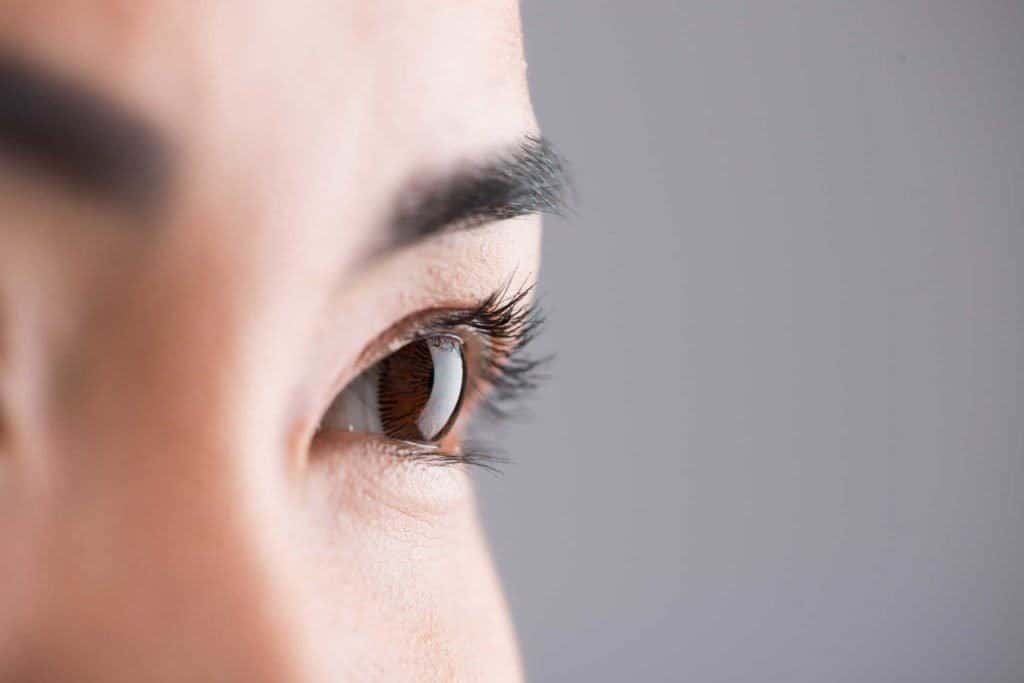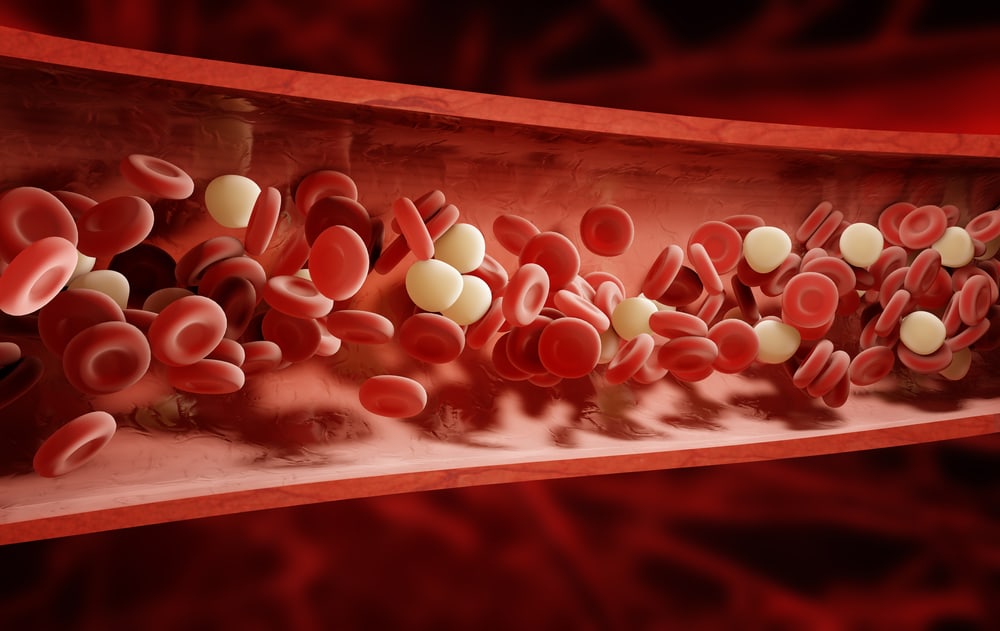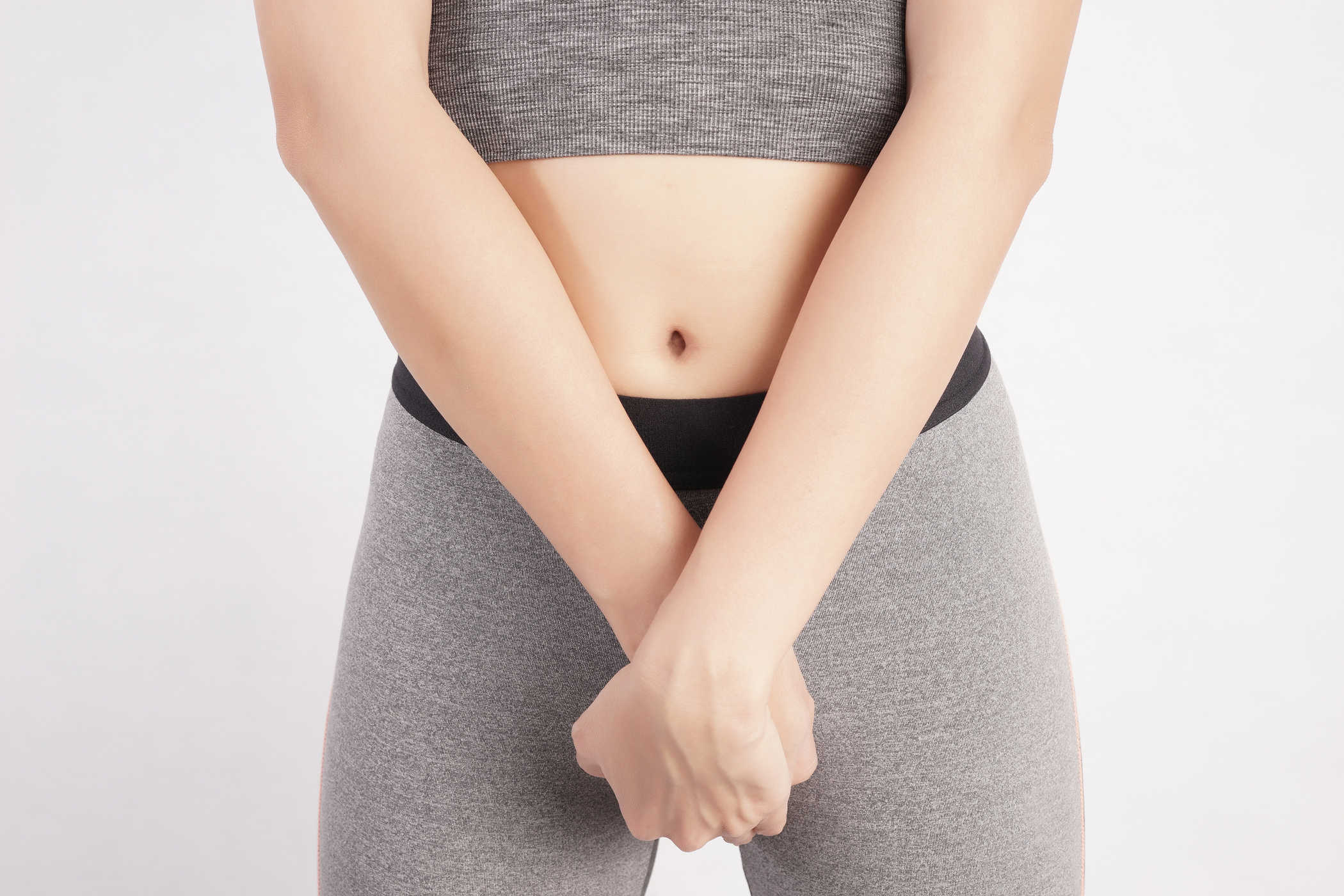Contents:
- Medical Video: Diabetes Eye Exam
- What is diabetic maculopathy?
- What are the symptoms of this condition?
- How do doctors diagnose this disease?
- What is the treatment for diabetic maculopathy?
- 1. Laser
- 2. Eye drug injections
- 3. Keep blood sugar and blood pressure stable
- What can I do to prevent complications of diabetes in the eye?
Medical Video: Diabetes Eye Exam
Diabetic maculopathy is one type of complication of diabetes in the eye. Uncontrolled diabetes which is allowed to worsen increases your risk of eye problems by up to 25-30 percent. However, this risk can drop dramatically by half if you are able to manage diabetes you have.
What is diabetic maculopathy?
Maculopathy itself is damage that occurs to the macula, the central part of the retina which functions to regulate the focus of central vision. Central vision is useful for you to be able to see distance and near.
A common form of diabetic maculopathy is macular edema in which fluid builds up in the macula.Diabetes can cause small blood vessels in the macula to leak to expel fluid or fat into the retina.
Macular edema is most likely to occur in diabetic people aged 60 years and over who also have systemic vascular disease, such as hypertension.
Sudden rapid rise in blood sugar levels (for example, an increase in HbA1c of 3% or 30mmol / mol) can cause retinopathy to worsen.
What are the symptoms of this condition?
Leakage of fluid in the macula initially does not affect vision, so you may not be aware of it happening. Leaks can continue until central vision is reduced.
Macular edema often causes pain and may show some other symptoms when developing more severely. This indicates that the blood vessels in your eyes might leak.
Symptoms of macular edema due to complications of diabetes in the eye are:
- Blurred or wavy vision
- The color that appears "fades" or changes
If you have symptoms of macular edema, you should immediately see an ophthalmologist. If left untreated, macular edema can cause severe vision loss and even blindness.
How do doctors diagnose this disease?
During an eye exam, your ophthalmologist will dilate the pupils and examine your retina.
Because macular edema occurs within the retinal tissue layer, you may undergo a test called fluorescein angiography, or another test called optical coherence tomography (OCT) to help make an accurate diagnosis.
Images of fluorescein angiography show the doctor if there are blood vessels that leak and how many leaks occur.
In the OCT process, a special camera is used to photograph your retina. Measuring retinal thickness and also very sensitive in detecting swelling and fluid.
What is the treatment for diabetic maculopathy?
There are several ways to treat diabetic maculopathy, here are some ways:
1. Laser
Diabetic maculopathy can be treated using a special laser. Lasers are the most common way to treat blood vessel leaks.Focus laser treatment is done to reduce macular swelling.
The doctor will shoot a small laser beam into the macular area that has leaked fluid, then seal the blood vessels that cause the leak to stabilize vision.
You may need more than once laser surgery to control fluid leakage in the macula. If you have macular edema in both eyes and require laser surgery, generally only one eye will be treated at a time.
The next test will becarried out several weeks separately.
2. Eye drug injections
Your doctor may offer other treatments such as injections into the eye. In injections, there are two eye medications. One steroid drug and one anti-VEGF agent that can help reduce macular edema diabetes.
Anti-VEGF drugs can help treat macular edema by reducing the growth of abnormal blood vessels and slowing their leakage, which helps to slow vision loss.
Injection therapy for this drug must be done in a hospital by a doctor. Doctors give anesthesia to numb the eye, and insert a small needle into the eye to give medication near the retina.
3. Keep blood sugar and blood pressure stable
Controlling blood sugar and blood pressure remains normal, it can also be another way of treating diabetic macular edema. Sometimes the swelling of the blood vessels in the eye can cause pressure in the ball to increase, a condition calledglaucoma.
If this happens, the ophthalmologist will prescribe you medications to control your glaucoma. It may take several months for your macular edema to heal. During this time, it is important to follow medical procedures recommended by doctors so that your treatment is effective.
What can I do to prevent complications of diabetes in the eye?
To reduce the risk of diabetes complications in your eyes getting worse, you must do the following:
- Keep controlling your diabetes
- maintain blood pressure and cholesterol properly
- quit smoking
Hello Health Group does not provide medical advice, diagnosis or treatment.












